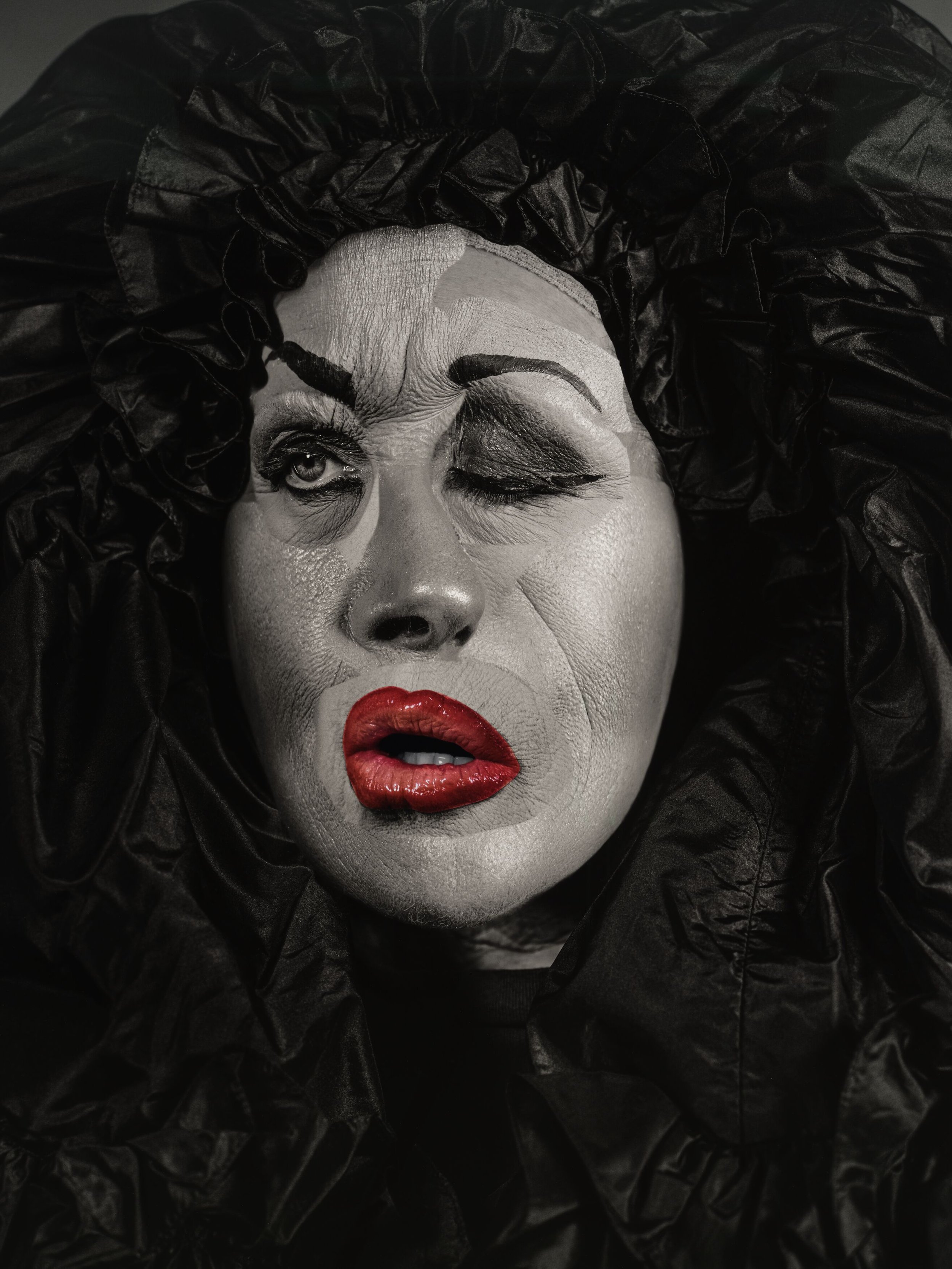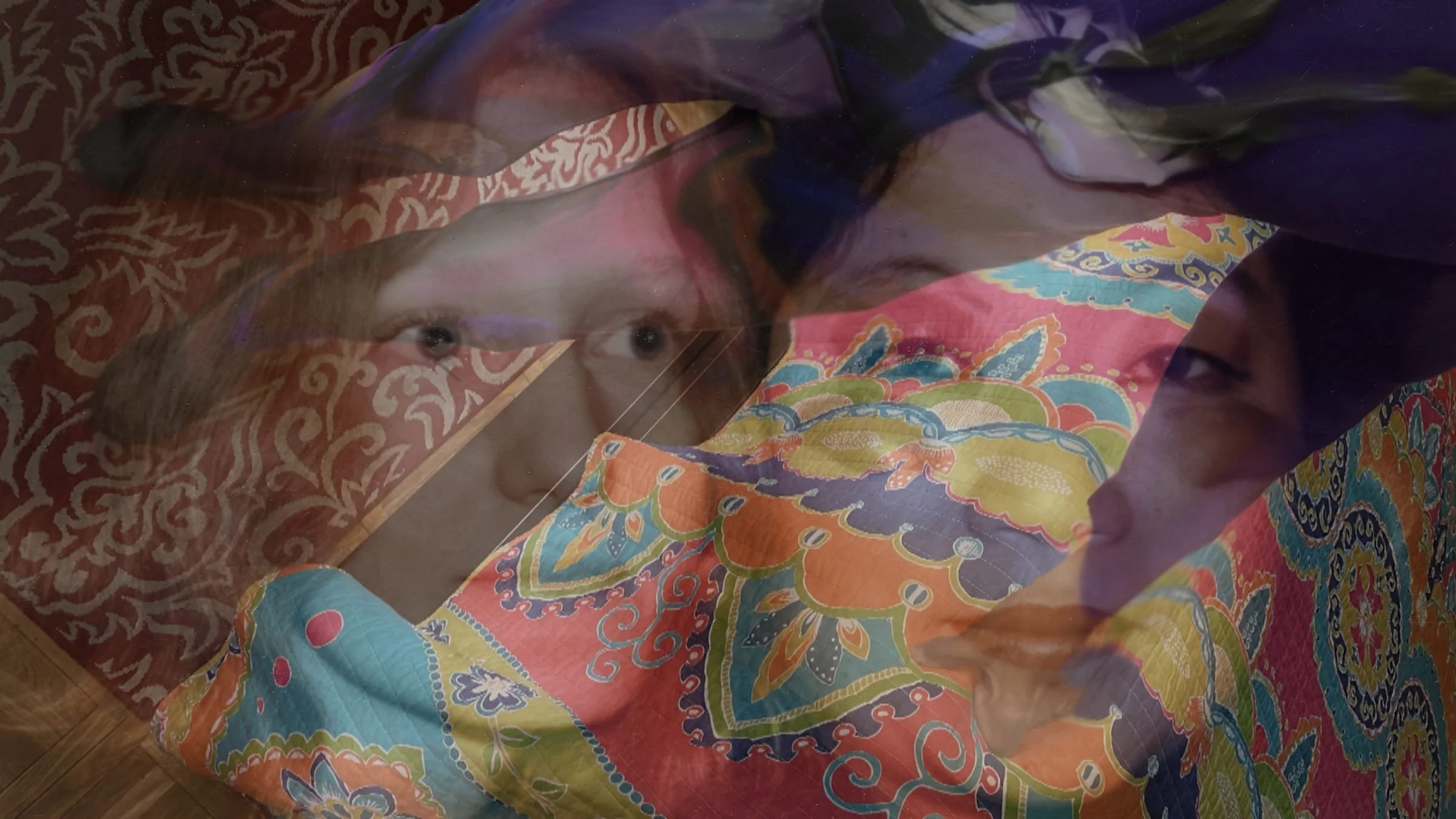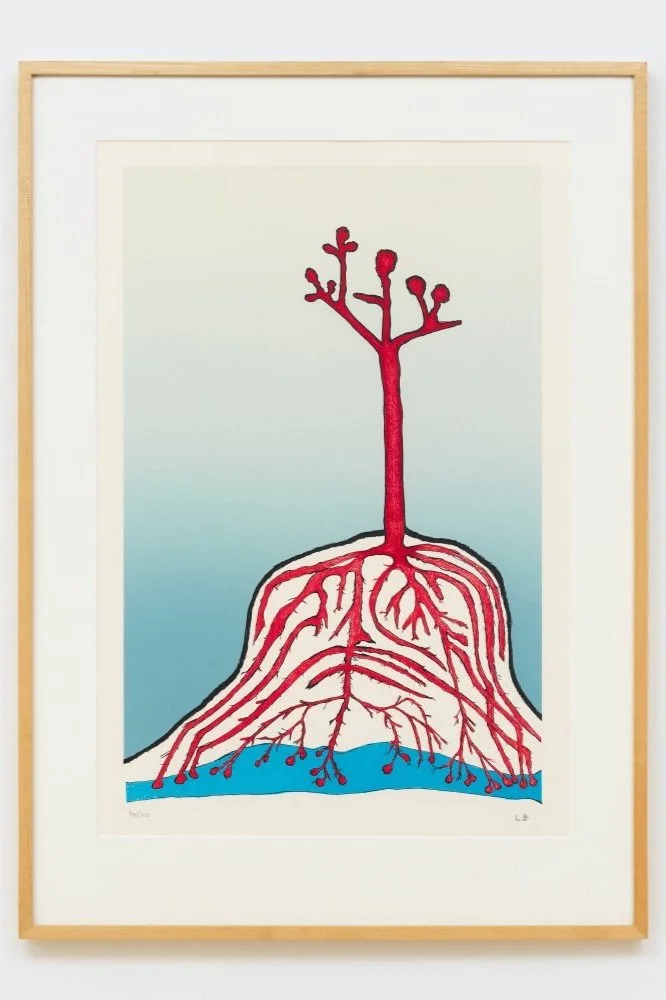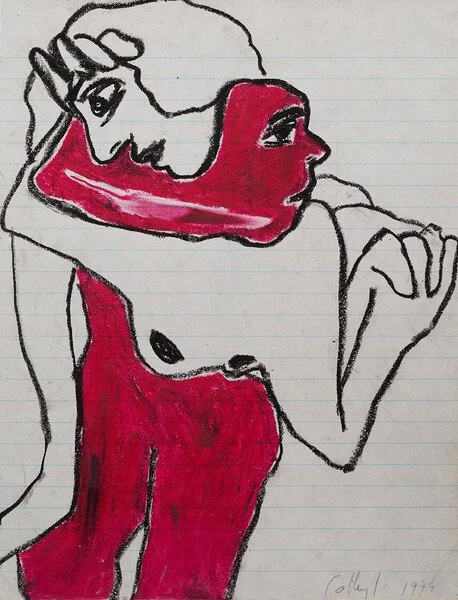Cindy Sherman
New York, Wooster Street
The exhibition features approximately 30 new works and marks Sherman’s return to the historic SoHo district where, in the late 1970s, she debuted her now iconic Untitled Film Stills at the non-profit Artists Space, launching a career that has established her as one of the most recognized and influential artists of our time. Sherman’s ground-breaking work has probed themes of representation and identity in contemporary media for over four decades. Since the early 2000s, she has constructed personae using digital manipulation, meditating on the increasingly fractured sense of self in 21st century society and continuing an artistic exploration that has uniquely encapsulated her oeuvre since the outset of her career.
Untitled #629 Cindy Sherman 2010/2023
In these latest works, Sherman has collaged various elements of her own face to construct entirely new characters, using digital manipulation to emphasize layered details and underscore the malleability of the self. She has removed external context, eschewing any mise-en-scène, to focus completely on the details of the face and head. Here, she combines a digital collaging technique that incorporates both black and white and color photographs with more traditional methods of transformation, like make-up, wigs and costumery, to create a group of unsettling portraits of women who laugh, wince, smirk and grimace at the viewer.
To create these fragmented figures, Sherman photographed isolated sections of her own visage—eyes, nose, lips, skin, hair, ears—and then cut, pasted and warped them onto a foundational image, ultimately constructing, deconstructing and then reconstructing an entirely new face. In the double role of both photographer and model, Sherman continues to upend the typical dynamic between artist and subject. So, while all the images are composites of the artist’s own face, they read as classical portraits. And, despite their layers, Sherman’s final works give a true impression of different individual ‘sitters.’ Tightly cropped, with frames full of hair and contorted expressions, Sherman’s fabricated women disrupt the voyeur-gaze and subject-object binaries associated with longstanding traditions of portraiture.







